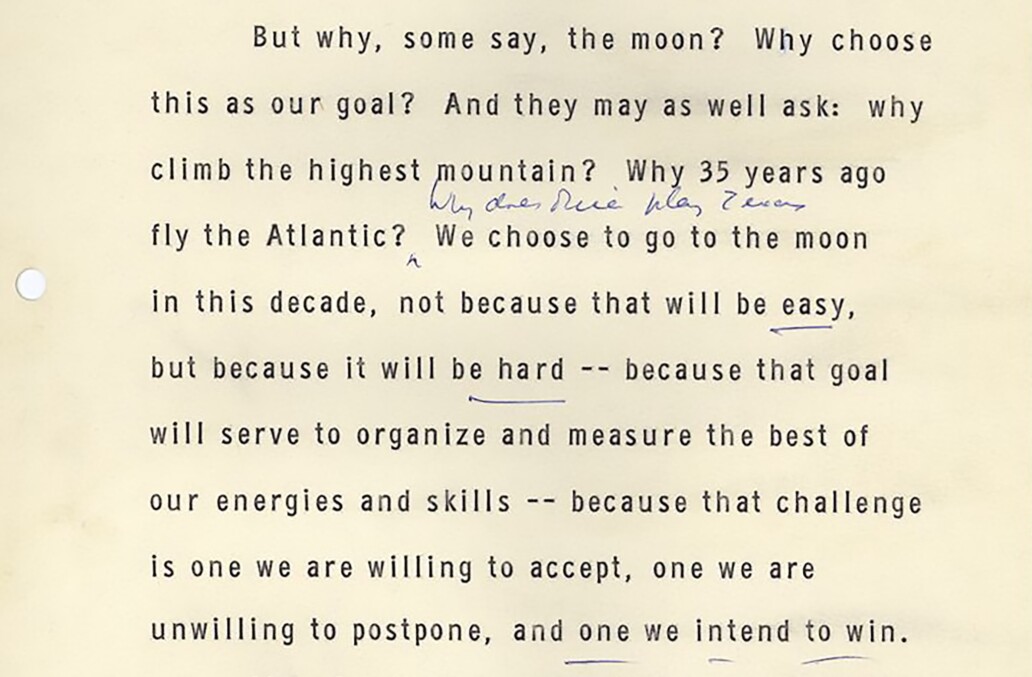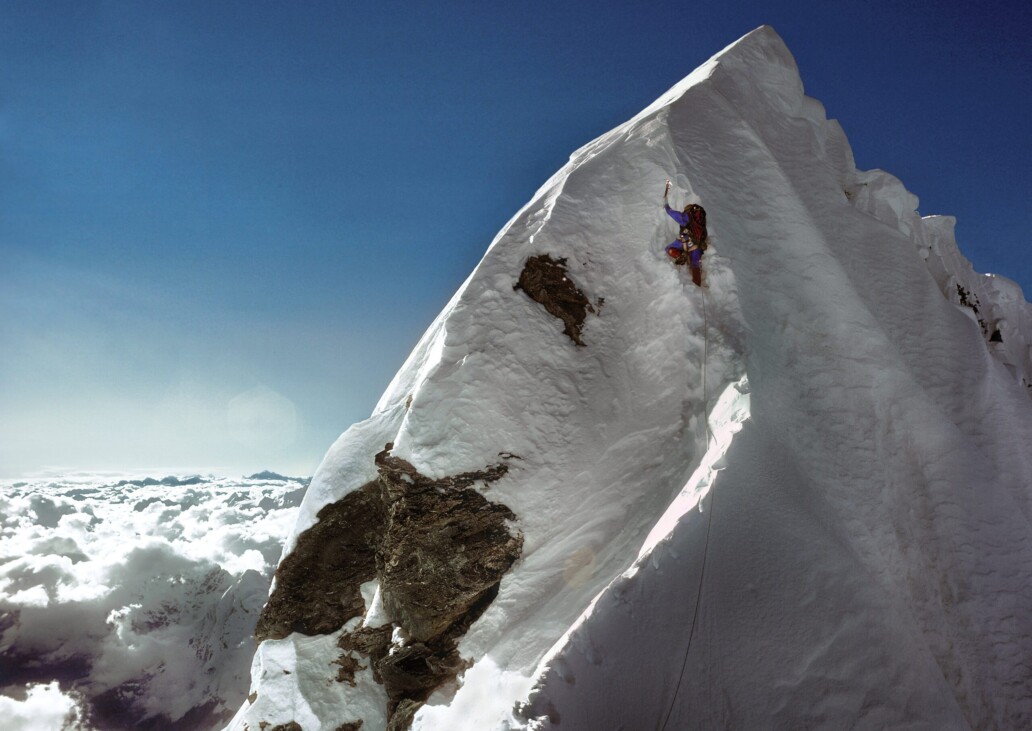A month on from achieving my Super North Star of summiting Mount Everest and Lhotse (the 4th highest mountain in the world) within 24 hours of each other, I’m starting to gain a bit of personal perspective on goal setting, and how using the Compass set the conditions for my success.
I first discovered the Compass for Life model shortly after a close friend was involved in a freak sporting accident, paralysing him from the neck down. We had both spent many years adventuring and exploring, indeed my friend had camel-trekked across Sudan and even sailed around the world. After the accident, we spent many hours in the intensive care unit reminiscing. We talked about the hopes and dreams we had as young men, and how, like so many, we had somehow lost our way – getting caught up in the familiar distractions of middle age. That was the day I resolved to stop simply accepting each day, week, or year, as it came. As I walked out of that hospital ward, I knew my life was going to change. I was determined to design and live the life of my dreams. But how?
My research led me to the Compass For Life approach, which provides both a framework that enables you to connect with your dreams and ambitions, and a methodology to help you navigate with purpose towards them. Its powerful simplicity was transformative. It is through using the Compass that I was able to navigate my way to the very top of the world, two years after that conversation in hospital.
The Compass For Life philosophy
At the core of the Compass For Life philosophy is learning how to use the four cardinals of a Compass to create a compelling vision for your future. The model is designed to equip you with the skills required to navigate safely around any obstacles that might otherwise take you off the course you have chosen. The process starts with identifying your Super North Star.
The North Cardinal – Super North Star
A Super North Star is a clear, unambiguous statement of intent. For many, it is a time-bound goal to be achieved within the next few years. It is personal to you, giving you a purpose, which pulls or drives you forwards. We talk about how having a Super North Star unleashes the adventurer within us, encouraging us to take opportunities and live the life you want.

The picture above shows an excerpt from John F. Kennedy’s speech notes for his now famous address at Rice University in Sept 1962. This is probably as clear an expression of a Super North Star as one can find, and an eloquent summary of the value of pursuing lofty goals. It was only recently that I listened to the full speech and noticed his reference to climbing Mount Everest and the ‘call to arms’ to those listening to actively choose their own destiny, rather than meekly accepting the status quo.
My Super North Star was to climb Mount Everest. From an early age, the picture below took pride of place in my bedroom. The picture, taken by Doug Scott, shows Dougal Haston a few metres away from becoming the first Briton to summit Mount Everest. As a child I would stare at the image and be transported to the high Himalayas, far from my normal life in a small town in rural Australia. The seed was planted, and in my late teens the dream of climbing Mount Everest morphed into a goal that I was secretly determined to achieve.

My first attempt at climbing Everest ended in failure, due to my oxygen system failing just a few hundred metres from the summit. For a while, I continued to climb amongst the highest mountains in the world in Tibet, Nepal and Pakistan, but eventually life began to get in the way. It was only while sitting in that ICU with my friend that I realised I had drifted off course. I had lost sight of my Super North Star.
“If your dreams do not scare you, they’re not big enough”
The Compass enabled me to do a ‘hard reset’. I was able to identify and connect with my goals and the life I wanted to live and the person I wanted to be – and so Mount Everest appeared back on my radar. As goals go, Everest is a tricky one. It is undeniably expensive, dangerous, and difficult. It involves a huge amount of physical preparation, time away from family and personal sacrifice. There are objective dangers on the mountain that cannot be controlled, and you are gambling with unpredictable weather that can cost you the summit regardless of your preparation. At best, the outcome was uncertain; at worst, it was unlikely (I’m a firm believer that nothing is impossible!).
I was, however, drawn to the complexity of the challenge. To me, the uncertainty of success is a key ingredient of any adventure. I was excited by the journey and knew that I would meet many new and interesting people along the way. I was sure that going from sedentary middle-age to the summit of Mount Everest would fundamentally change me – to steal the sentiment from Kennedy’s speech, the pursuit of the goal would make me a better me.
I was attracted to gaining new knowledge in areas in which I knew nothing: fundraising, high-altitude physiology, sports science, social media and of course learning about the history of Mount Everest and the mountaineering skills required to get to its very top. This new-found purpose was energising. I felt alive, ‘wired’ even, whilst working on my Everest project. The Compass had helped me turn a dream into a goal and now it was my responsibility to set about achieving it.
Using your Super North Star to stay on course
Despite this exuberance, like many setting goals which might seem beyond their grasp, I had to face some unexpected fears: fear of being ridiculed when I announced this goal to my family and friends; fear of failure – even if I controlled the controllable, any number of factors or simple bad luck could derail the whole expedition. More fundamentally, I wondered if deep down I was still the person I used to be. Am I still the bold adventurer and explorer that my friend and I were reminiscing about in that ICU ward? When push comes to shove, am I really the type of person that could climb Everest?
That concern would repeatedly surface throughout the 2 years plus of training and preparation, particularly when I suffered setbacks, found progress difficult or the training too hard, or simply in quiet moments when I was prone to overthinking the extreme risk involved. It was through returning to the compass model that I was able to steady myself, reorientate, and drive on.
As Floyd says:
‘With your Compass in equilibrium you will be hard to beat, even on the most difficult days.’
With my bright, shining, Super North Star clearly defined, I now had to start navigating towards it. You don’t get to the summit of Everest by coincidence. To succeed I would need a plan. I needed a strategy that would take me from where I was to where I wanted to be. It was time to start building the scaffolding that would get me closer to the summit.
In my next blog, I reflect on my journey to the start line at the foot of the mountain. This is where the south and east cardinals of our Compass come into play. We will look at the role Strategy has to play in achieving our goals, and the importance of having a clearly defined Ethos – a code to live by – on your journey towards achieving those goals, whatever they may be.
Follow Compass For Life on social media to come along on this journey to the top of the world: Twitter, LinkedIn
